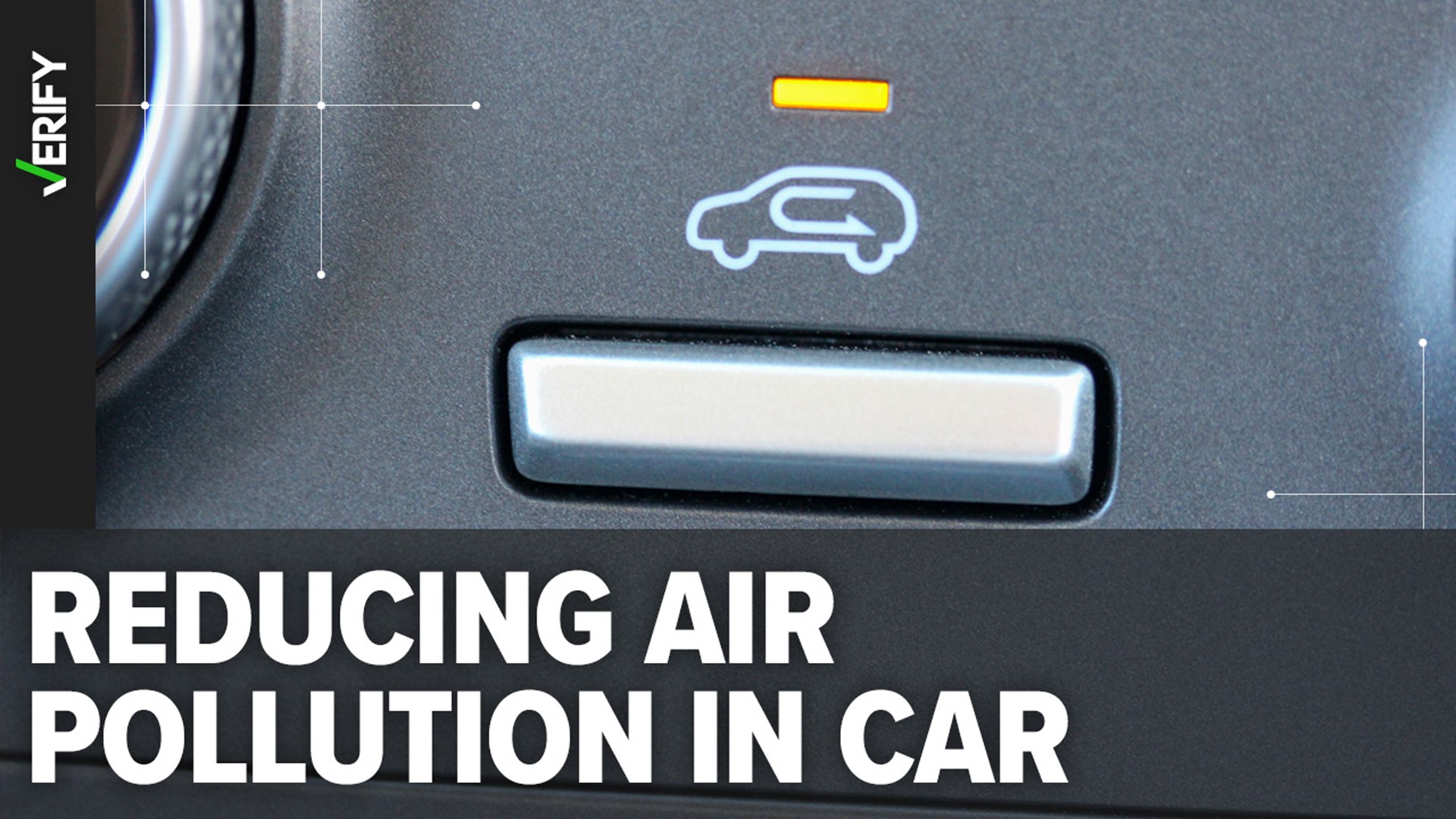WASHINGTON — Smoke from wildfires in Canada is drifting south across much of the eastern United States, causing air quality to plunge and covering some major cities in an orange haze.
But where did all this smoke come from, and why is it so thick?
Where are the Canadian wildfires?
The fires are burning in Canada's eastern provinces. While wildfires are common in Canada's west, this year Nova Scotia, Quebec and parts of Ontario have been dealing with out of control blazes.
The most recent fires started in late April, and have continued to grow over the past six weeks. As of early June, the fires have scorched about 3.3 million hectares (just under 13,000 square miles). The fires have burned an area larger than the state of Maryland, and they're continuing to grow in the hot and dry conditions of the summer months.
What started the fires?
At this point, it's unclear what exactly caused Canada's ongoing wildfires.
When a wildfire starts, an investigation into the cause can't begin until firefighters have contained the blaze or it burns out. Canadian officials have asked other countries for additional help fighting more than 400 blazes nationwide that already have displaced 20,000 people. Because of the sheer number of fires burning at once, it's difficult to spare the resources needed to identify the cause of any particular one.
But there are traditionally a few causes for wildfires during summer months, when vegetation dries up and becomes tinder. The two usual culprits are weather and humans.
In the case of weather, lightning strikes can spark a fire in a remote area that makes it difficult to detect until the blaze becomes too big to easily manage. This is a frequent danger from summer storms.
But by far the most common cause of wildfires is human activity. According to the U.S. National Parks Service, humans cause about 85% of all wildfires in the country. While that may be true, there are a lot of different ways for humans to cause a fire.
Common causes include campfires, burning of debris near the wilderness, vehicle use and malfunctions, discarded cigarettes, and intentional arson.
At least some of the current wildfires are likely connected, with sparks from one fire likely being carried on the wind to start another nearby.
Why is the smoke so bad?
According to the National Weather Service, the East Coast is in a particularly bad situation in regards to the smoke.
Chesnea Skeen, a meteorologist with the NWS office in Washington, D.C., said the East Coast is currently feeling the effects of a low pressure system located somewhere around New England.
That system is bringing with it a northerly flow, meaning that winds are blowing from the north to the south (and bringing wildfire smoke with them).
"That pattern looks like it's going to be persisting for a while," Skeen said.
How long is the smoke going to last?
The National Weather Service's forecast for smoke only predicts accurately up to 48 hours out, and during that time, there's not a lot of good news. Air quality is expected to remain poor for the foreseeable future.
And even when the low pressure system moves out from the East Coast, there won't be much respite. Another low pressure system is expected to build above the Great Lakes in the Midwest before pushing east.
That second low pressure system will do essentially the same thing, Skeen said, bringing more smoky air as long as the fires continue to burn in Canada.
Some areas could see limited relief in the form of storms along the front of the low pressure system helping to blow out some of the smoke, but the improvements are likely to be temporary.
In the meantime, Skeen recommends anybody in the path of the smoke to take precautions, including wearing masks and using air filters if they're available.

